2010 was packed with interesting, exciting and breakthrough events and discoveries. We asked you to vote on the top 10 stories of the year, and below are the results. Some of you asked how we chose the 17 news stories to pick from and perhaps thought we missed out on some rather important astronomical discoveries of the year. The stories to vote on were chosen based on the “most viewed” articles in 2010 from our Google Analytics, and some were single articles, while some were a combination of articles on the same topic (for example, there was lots of exoplanet news this year). The survey was done with “Survey Monkey,” which worked out great. Thanks to everyone for the kind comments on the survey, which ranged from “Keep up the great work” to” Love Ya!! Such a fantastic articles, keep going!!” to “I want more cosmology on UT.”
We’ll continue to do our best to provide great coverage on everything space and astronomy-related in the years to come, and, yes we hope to expand in different areas, too. Thanks to all our readers for your continued support and comments! Also, thanks to our excellent staff of writers who contributed news articles this past year: Tammy Plotner, Nicholos Wethington, Jon Voisey, Mark Thompson, Mike Simonsen, Steve Nerlich, Jason Rhian, Jean Tate, Ken Kremer, Mark Mortimer, Darnell Clayton, Ryan Anderson, and the Spacevidcast crew.
And now, without further ado, the Top 10 Stories of 2010, as chosen by our readers:
10. Bacteria Found that can Live on Arsenic
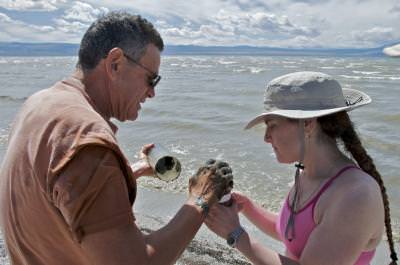
Despite the pre-announcement hype, NASA did not find life on another planet, but found life here on Earth that can live and grow almost entirely on a poison, arsenic, and incorporates it into its DNA. This announcement was soon met with opposition — not only for the science, but for how the hype got completely out of hand.
9. Solar Dynamics Observatory gives us a New View of the Sun
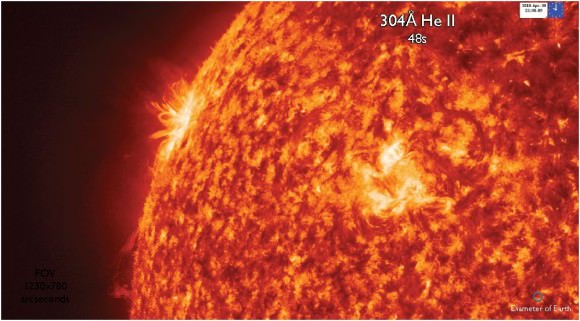
The Solar Dynamics Observatory launched in February of this year, and has been sending back a non-stop stream of data and images of the Sun like we’ve never seen before. SDO showed us almost up-to-the-minute views of a looping solar prominence, and have provided solar physicists with new details in helping them to understand the Sun.
Here are just a few articles we posted about SDO:
SDO Soars To Study the Sun
SDO Wows with First Light Images
Near Synchronous Explosions Connect Across Vast Distances on the Sun
8. Enceladus and the Tiger Stripe Jets

2010 was the year we learned more about the geysers on Enceladus, and the Cassini spacecraft sent back more astonishing images of the geysers and the “tiger stripe” regions from which the geysers emanate. One new study even suggested that an exotic form of warm, bubbly mineral water could be what feeds the mysterious jets.
Warm Perrier Ocean Could be Powering Enceladus Geysers
Enceladus the Jet Powered Moon
7. Hayabusa Returns To Earth with Samples of Asteroid
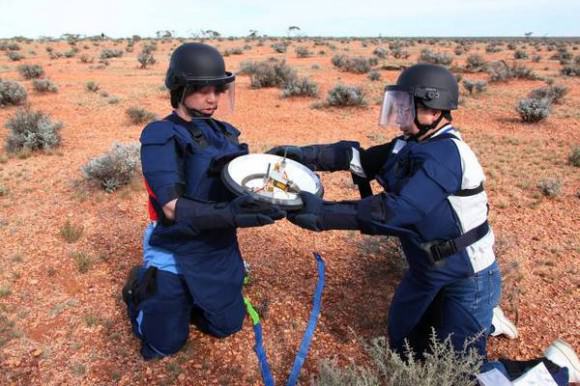
Japan’s little spacecraft that could returned to Earth this summer, making a fiery reentry in the Australian outback, overcoming several problems and obstacles. Later, scientists opened the sample return container revealing small particles which are likely from asteroid Itokawa.
6. Faster Than Light Pulsars Discovered

Observational data from nine pulsars, including the Crab pulsar, suggest these rapidly spinning neutron stars emit the electromagnetic equivalent of a sonic boom, and a model created to understand this phenomenon shows that the source of the emissions could be traveling faster than the speed of light. Researchers say as the polarization currents in these emissions are whipped around with a mechanism likened to a synchrotron, the sources could be traveling up to six times light speed, or 1.8 million km per second. However, although the source of the radiation exceeds the speed of light, the emitted radiation travels at normal light speed once it leaves the source. “This is not science fiction, and no laws of physics were broken in this model,” said John Singleton of Los Alamos National Laboratory at a press briefing at the American Astronomical Society meeting in Washington, DC. “And Einstein’s theory of Special Relativity is not violated.”
5. SpaceX Makes Great Strides in Commercial Space Endeavours.
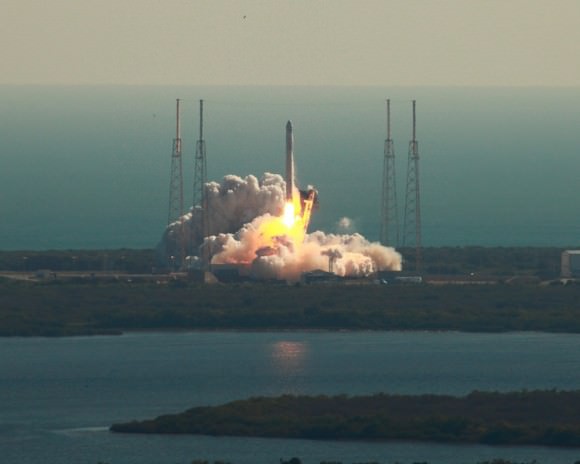
SpaceX’s launch of the Falcon 9 and Dragon capsule leads the way for commercial companies to bring cargo and crew the International Space Station, providing new access to space that may one day lead to a cheaper way for the general public to be involved in space travel.
One commenter said, “SpaceX has the opportunity to totally alter mankind’s access to space. I didn’t think they could do it, but they have.” Another said, “The potential of human space flight is the most important to me.”
4. More Mysteries of Titan Revealed
2010 was the year we learned more about Titan, as the Cassini spacecraft continues to send back more incredible images and data of Saturn’s largest Moon. Scientists were able to discern more about the weather on Titan, and they also saw clouds in the Moon’s atmosphere, plus one researcher found that Titan’s atmosphere could produce the building blocks of life, while another group found evidence of cryovolcanoes on Titan.
3. The Discovery (or not) of Exoplanet Gliese 581g
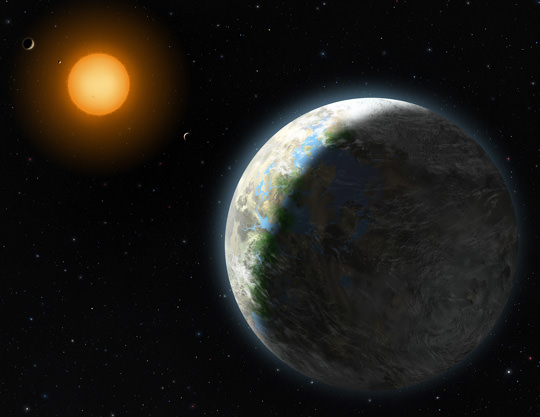
In September, astronomer Steven Vogt and his team announced what they claimed was the closest Earth-sized planet found so far that also exists in the habitable zone around its star. The planet, During a press conference, Vogt was quoted as saying, “Personally, given the ubiquity and propensity of life to flourish wherever it can, I would say, my own personal feeling is that the chances of life on this planet are 100 percent. I have almost no doubt about it.” Although the announcement created a lot of excitement, almost immediately after the announcement, another group of planet hunters said they could not find evidence of the planet in their data. Only further review will say for sure if Gliese 581g is there or not, but one thing is certain: the Gliese system is the most interesting planetary system we’ve found yet.
2. Exoplanets Galore!
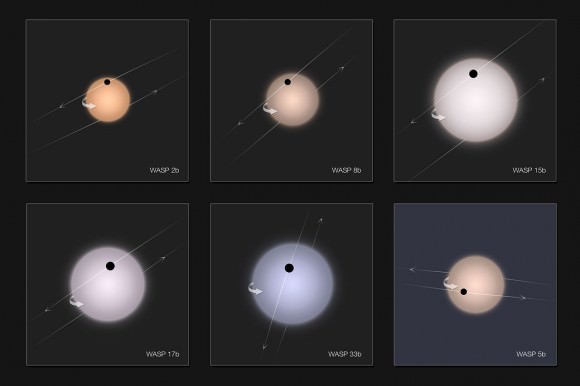
2010 saw a plethora of new exoplanet discoveries, including the first four-planet system that was imaged, the Kepler mission which found 750 exoplanet candidates, the observation of the atmosphere of aso-called “Super-Earth“, and the discovery of what astronomers think is the “youngest” exoplanet.
One commenter said, “Exoplanet science and discovery has the potential to alter our fundamental views not only of the universe but our place within it. It will affect all of mankind one day.”
Jon Voisey has written several articles on extra solar planets recently. You can read all about them under the category of of “Exoplanet.”
And the #1 story of 2010:
1. Radar Images Reveal Tons of Water Likely at the Lunar Poles
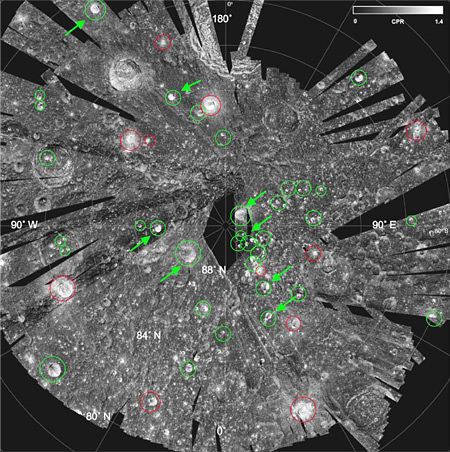
The Mini-SAR radar instrument on the Chandrayaan-1 spacecraft and the Mini-RF instrument on the Lunar Reconnaissance Orbiter are revealing there are likely massive amounts of water in the permanently shadowed craters at the poles, with over 600 million metric tons at the north pole alone. “If that was turned into rocket fuel, it would be enough to launch the equivalent of one Space Shuttle per day for over 2,000 years,” said Paul Spudis, principal investigator for the Mini-SAR. He said the ice would have to be several meters thick to give this signature they are seeing.
This has huge implications for future human and robotic exploration of the Moon.
Thanks again for voting! Here’s a bar graph of the votes:
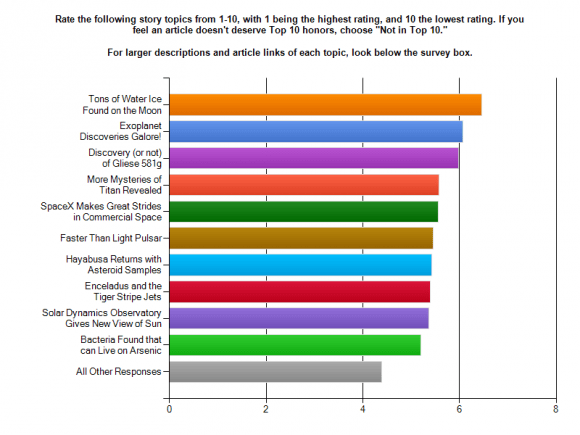

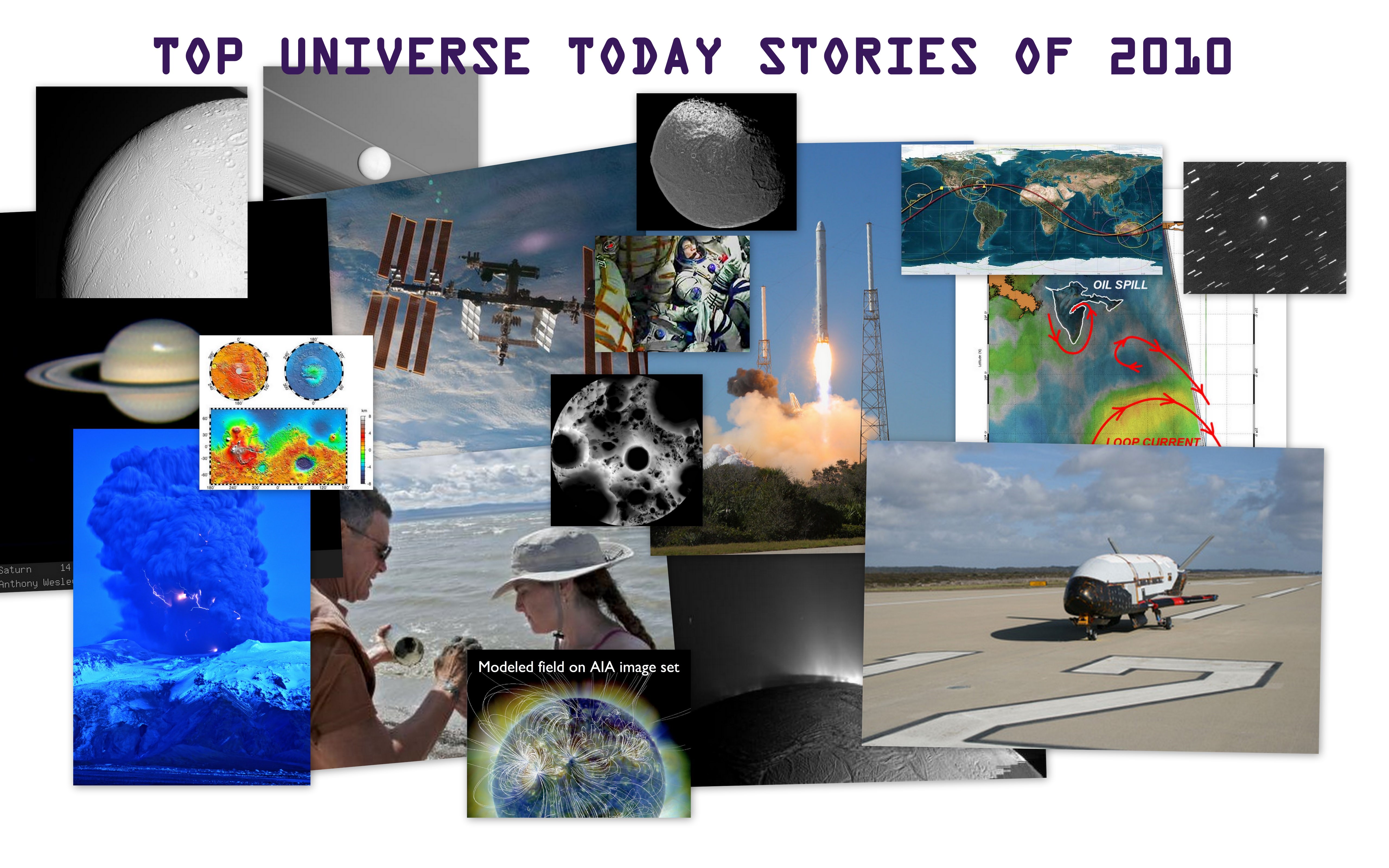
Must be living on another planet, as I don’t see many of these as important milestones (kilometrestones) in 2010.
Either the data is very skewed or the reportage has hidden bias that we do not know about.
Sorry. Story 11 is still my pick.